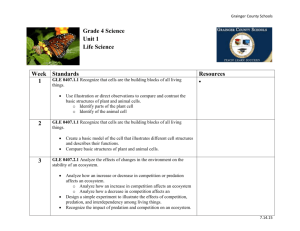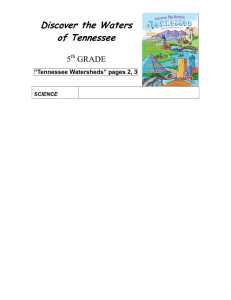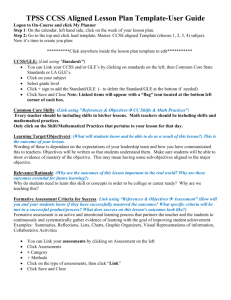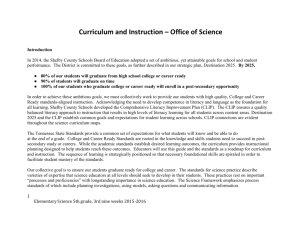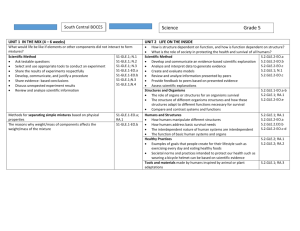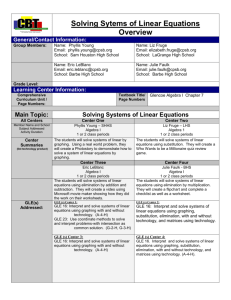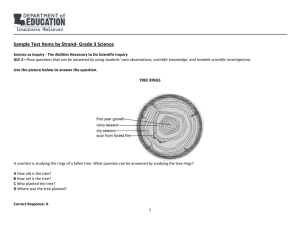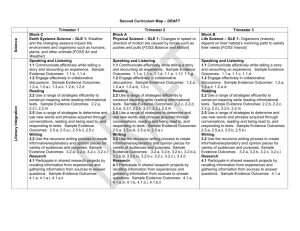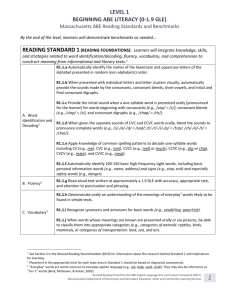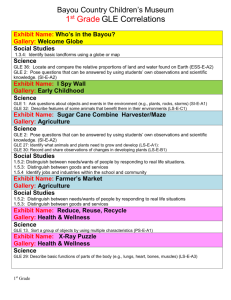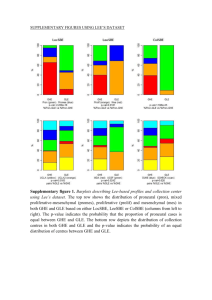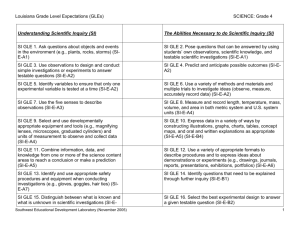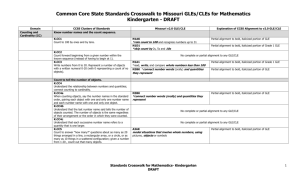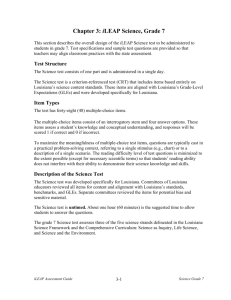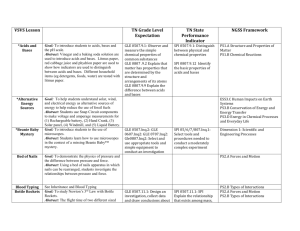Life Science
advertisement
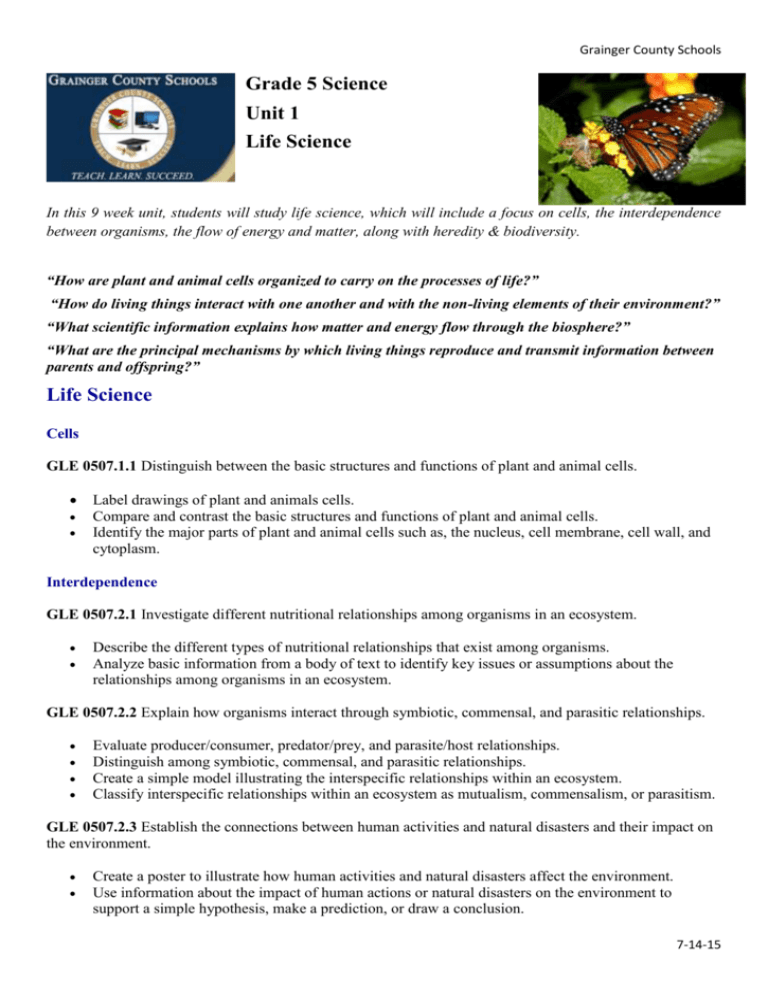
Grainger County Schools Grade 5 Science Unit 1 Life Science In this 9 week unit, students will study life science, which will include a focus on cells, the interdependence between organisms, the flow of energy and matter, along with heredity & biodiversity. “How are plant and animal cells organized to carry on the processes of life?” “How do living things interact with one another and with the non-living elements of their environment?” “What scientific information explains how matter and energy flow through the biosphere?” “What are the principal mechanisms by which living things reproduce and transmit information between parents and offspring?” Life Science Cells GLE 0507.1.1 Distinguish between the basic structures and functions of plant and animal cells. Label drawings of plant and animals cells. Compare and contrast the basic structures and functions of plant and animal cells. Identify the major parts of plant and animal cells such as, the nucleus, cell membrane, cell wall, and cytoplasm. Interdependence GLE 0507.2.1 Investigate different nutritional relationships among organisms in an ecosystem. Describe the different types of nutritional relationships that exist among organisms. Analyze basic information from a body of text to identify key issues or assumptions about the relationships among organisms in an ecosystem. GLE 0507.2.2 Explain how organisms interact through symbiotic, commensal, and parasitic relationships. Evaluate producer/consumer, predator/prey, and parasite/host relationships. Distinguish among symbiotic, commensal, and parasitic relationships. Create a simple model illustrating the interspecific relationships within an ecosystem. Classify interspecific relationships within an ecosystem as mutualism, commensalism, or parasitism. GLE 0507.2.3 Establish the connections between human activities and natural disasters and their impact on the environment. Create a poster to illustrate how human activities and natural disasters affect the environment. Use information about the impact of human actions or natural disasters on the environment to support a simple hypothesis, make a prediction, or draw a conclusion. 7-14-15 Grainger County Schools Flow of Matter and Energy GLE 0507.3.1 Demonstrate how all living things rely on the process of photosynthesis to obtain energy. Identify the cell structures that enable plants to conduct photosynthesis. Design a graphic organizer that illustrates the difference between plants and animals in the movement of food energy through an ecosystem. Identify photosynthesis as the food manufacturing process in plants. Compare how plants and animals obtain energy. Heredity GLE 0507.4.1 Describe how genetic information is passed from parents to offspring during reproduction. Explain how genetic information is transmitted from parents to offspring Recognize that information is passed from parent to offspring during reproduction. GLE 0507.4.2 Recognize that some characteristics are inherited while others result from interactions with the environment. Create a chart that compares hereditary and environmental traits. Distinguish between a scar and a birthmark in terms of their origins. Distinguish between inherited traits and those that can be attributed to the environment. Biodiversity and Change GLE 0507.5.1 Investigate physical characteristics associated with different groups of animals. Classify animals according to their physical characteristics. Design a model to illustrate how an animal’s physical characteristics enable it to survive in a particular environment. Identify physical and behavioral adaptations that enable animals such as, amphibians, reptiles, birds, fish, and mammals to survive in a particular environment. GLE 0507.5.2 Analyze fossils to demonstrate the connection between organisms and environments that existed in the past and those that currently exist. Identify the processes associated with fossil formation. Use fossil evidence to describe an environment from the past. Use fossils to match a previously existing organism with one that exists today. Explain how fossils provide information about the past. Assessments: Resources: 7-14-15

